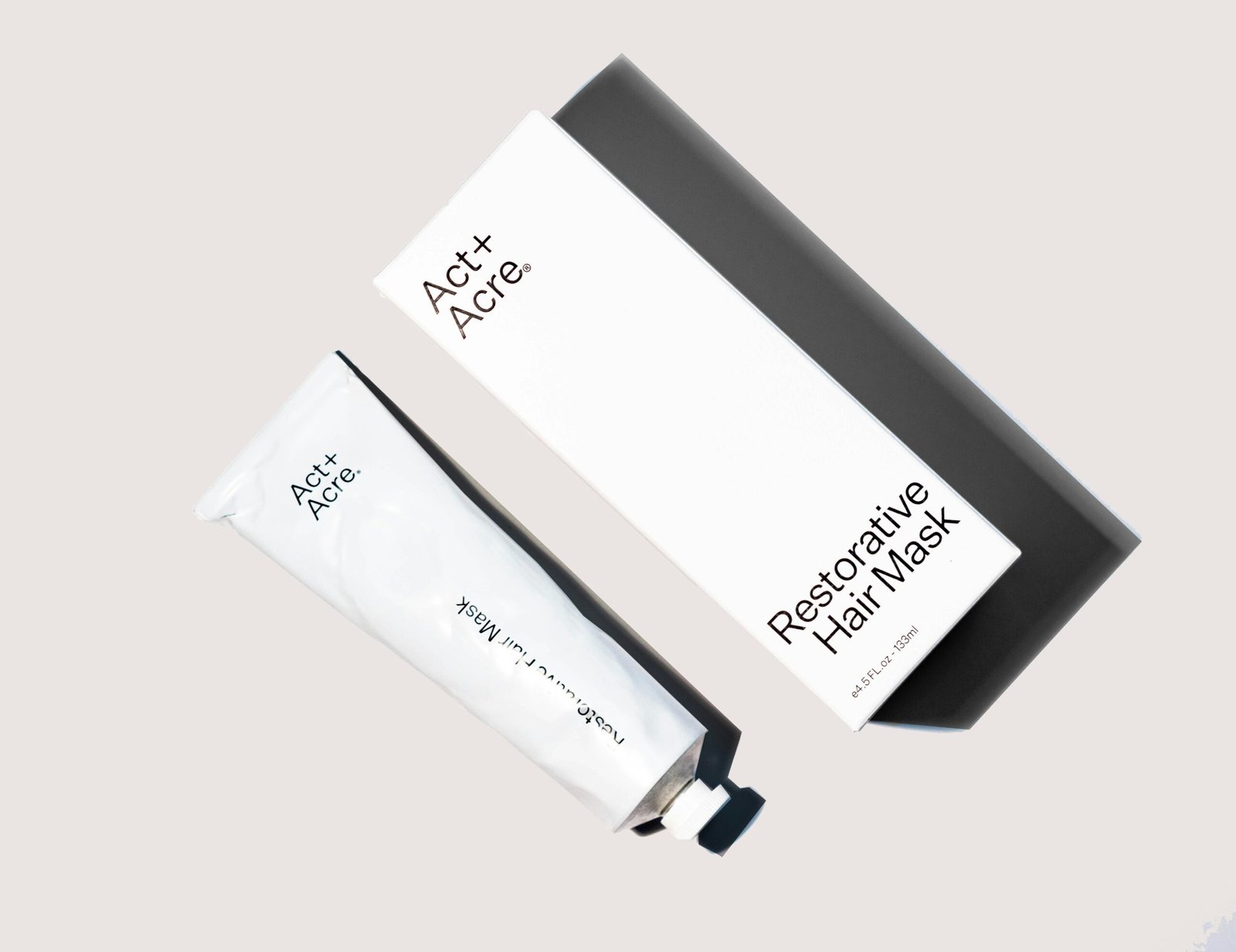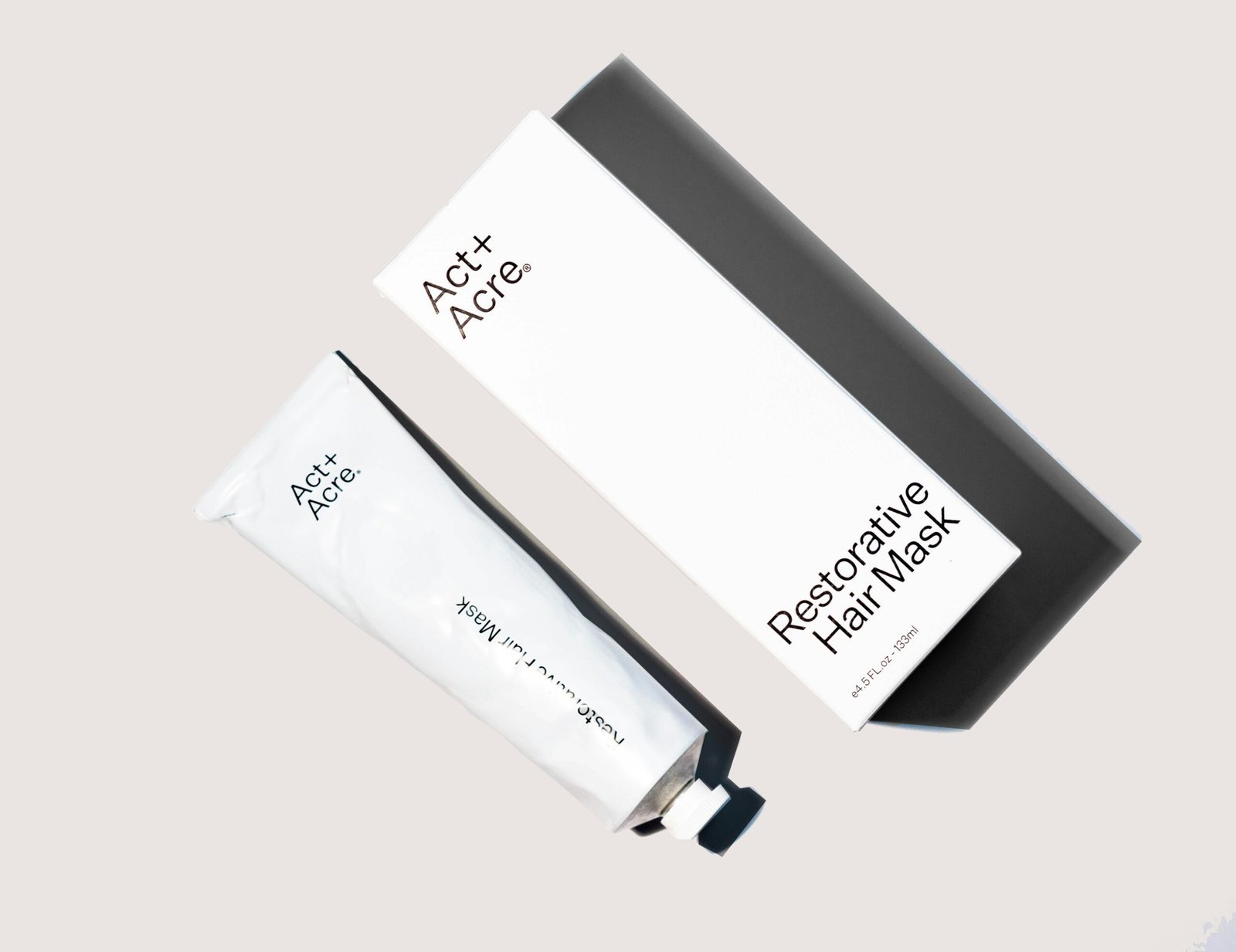

Understanding the Market Landscape
The beauty product markets in Europe, the USA, and Russia present significant yet distinct opportunities for online sellers. In Europe, the beauty industry is a colossal sector, valued at approximately €80 billion. The market shows a notable inclination towards organic and cruelty-free products, driven by environmentally conscious consumers. Brands like L’Oréal, Nivea, and Estée Lauder continue to dominate, but there’s a growing appetite for indie brands offering innovative formulations. Market trends suggest a burgeoning demand for personalized beauty solutions, reflecting a shift towards tailored skincare and makeup.
In the USA, the beauty industry is projected to reach $90.4 billion by 2024. American consumers exhibit a keen interest in high-tech beauty tools and prestige skincare products. The segment for men’s grooming products is also expanding rapidly. Popular brands such as MAC, Maybelline, and Clinique maintain a stronghold, but there’s a notable surge in the “clean beauty” segment driven by brands like Tatcha and Drunk Elephant. E-commerce is a critical sales channel, with more than one-third of beauty product sales transacting online. This trend is fueled by the convenience of online shopping and the extensive variety of products available.
Russia’s beauty industry, although smaller, is growing steadily with a market size of approximately $13.5 billion. Russian consumers show a preference for both local brands like Natura Siberica and international luxury brands. The demand for skincare products, particularly those offering anti-aging and hydrating benefits, is on the rise. However, the Russian market poses unique challenges such as regulatory hurdles and economic fluctuations, necessitating a well-planned entry strategy for online sellers.
Cultural differences significantly impact purchasing decisions across these regions. European customers prioritize eco-conscious products, Americans lean towards high-performance and innovative solutions, while Russians often seek high-quality, luxurious skincare options. Understanding these preferences and tailoring your product offerings accordingly can unlock substantial market opportunities.
Choosing the Right E-Commerce Platform
When venturing into the global market to sell beauty products online in Europe, USA, and Russia, selecting an appropriate e-commerce platform is crucial. The right platform can streamline your operations, optimize customer experience, and ultimately, drive sales. For businesses aiming at international markets, key features to consider include multilingual support, multi-currency capabilities, and seamless logistics integration.
Among the many platforms available, Shopify, WooCommerce, and BigCommerce stand out as popular choices, each with unique strengths and accommodate different business needs and budgets.
Shopify is renowned for its user-friendly interface, extensive app integrations, and robust multi-currency support. Its versatility makes it suitable for businesses of all sizes, although its monthly fees and transaction costs might be higher compared to other platforms. Shopify’s global reach is further assisted by its multilingual capabilities and reliable logistics partnerships.
WooCommerce, a WordPress plugin, offers unmatched customization potential and is a cost-effective option for small to medium-sized businesses. Its strength lies in its flexibility and large community of developers enabling extensive feature addition at lower costs. However, it requires a steeper learning curve and more hands-on management. WooCommerce also supports multi-currency and multilingual options but may need additional plugins for advanced capabilities.
BigCommerce is designed for scalability, making it ideal for larger businesses looking to expand rapidly. It offers comprehensive out-of-the-box features such as native multi-currency support, advanced analytics, and seamless third-party logistics integration. Despite its higher starting costs, BigCommerce’s enterprise-level tools can provide substantial long-term value.
When choosing an e-commerce platform, consider the size of your business, budget constraints, and specific operational needs. For a low-cost start with high flexibility, WooCommerce is a viable option. Shopify, with its ease of use and comprehensive tools, suits businesses that prefer a ready-to-go solution. BigCommerce, with its extensive features, is ideal for larger businesses planning expansive growth. Each platform offers distinct advantages that cater to different aspects of selling beauty products online internationally.
Effective Marketing Strategies
Selling beauty products online across diverse markets such as Europe, the USA, and Russia requires a strategic approach to marketing that aligns with each region’s unique preferences. Effective marketing strategies involve a mix of content marketing, social media advertising, influencer collaborations, and email marketing, all tailored to resonate with local audiences.
Content marketing is foundational. By creating informative and engaging content, businesses can attract and retain a clearly defined audience. For instance, publishing blog posts, how-to guides, and video tutorials about product usage can enhance brand credibility and drive traffic. Highlighting the benefits of natural ingredients in products can appeal to European customers’ eco-consciousness, while emphasizing luxury and exclusivity may be more effective in the Russian market.
Social media advertising offers direct access to millions of potential customers. Platforms like Instagram, Facebook, and VK (VKontakte in Russia) are ideal for visually-driven beauty campaigns. Image-heavy ads showcasing before-and-after transformations or featuring popular local beauty trends can captivate audiences. Tools like Facebook Ads Manager and Instagram Insights can help in refining the target demographics and gauging ad performance, ensuring cost-efficiency.
Influencer collaborations remain a powerful tactic. Partnering with beauty influencers who have a substantial local following can significantly boost brand visibility. Influencers can provide authentic reviews and tutorials, making the products more relatable. For example, teaming up with micro-influencers who specialize in skincare can be particularly effective in the USA, while in Russia, influencers on platforms like YouTube and VK may yield better engagement.
Email marketing continues to be a cost-effective way to nurture customer relationships. Personalized email campaigns that include special offers, product launch notifications, and beauty tips can maintain customer interest. Utilizing platforms like Mailchimp or Sendinblue allows businesses to segment their audience based on location and preferences, further tailoring the marketing messages. Incorporating local languages and cultural nuances in the emails can enhance relevancy and engagement.
Successful campaigns often blend these diverse strategies. For instance, Glossier’s cross-platform campaign integrated Instagram ads with influencer partnerships and email marketing, achieving widespread brand recognition at minimal cost. Employing tools like Google Analytics and Hootsuite can help monitor the effectiveness of these efforts, enabling constant optimization for better results.
Targeting beauty product consumers in Europe, the USA, and Russia effectively involves understanding and leveraging regional preferences through a combination of content marketing, social media, influencer partnerships, and personalized email campaigns. By adapting these strategies to local tastes and using the right tools, businesses can achieve a successful and low-cost market penetration.
Reducing Operational Costs
Reducing operational costs is a crucial strategy for any online beauty business looking to succeed in the competitive markets of Europe, the USA, and Russia. Cost-effective suppliers play a significant role in ensuring your profit margins remain healthy. Take the time to research and negotiate with suppliers, ensuring they can provide quality products at competitive rates. Building long-term relationships with these suppliers can also lead to favorable terms and discounts over time.
Shipping and logistics management is another critical area. Optimizing this process starts with selecting reliable logistics partners who offer reasonable rates and fast delivery times. Consolidating shipments can lead to cost savings, as shipping larger quantities can be more economical than frequent small shipments. Furthermore, consider regional fulfillment centers to reduce shipping times and costs for certain markets.
Efficient inventory management is essential to minimize storage costs and reduce the risk of overstock or stock shortages. Utilize inventory management software to maintain optimal stock levels, predict demand fluctuations, and automate reordering processes. This software can also provide valuable insights into which products are performing well in different regions, helping to refine your inventory strategy.
Technology plays a pivotal role in automating and streamlining various processes. Customer support chatbots, for example, can handle common queries, reducing the need for extensive customer service teams. Automating financial management tasks such as invoicing, expense tracking, and financial reporting using digital tools can also save significant time and expense.
Outsourcing non-core activities is another effective cost-saving strategy. Consider outsourcing tasks such as content creation, website maintenance, and social media management to specialized agencies or freelance professionals. This approach allows you to focus on core business activities while keeping operational costs low.
By implementing these strategies, you can sustainably reduce operational costs, allowing your beauty products business to thrive across Europe, the USA, and Russia. Leveraging technology, optimizing logistics, and efficient vendor relations are pivotal to maintaining a lean operation while delivering quality products to a diverse customer base.
